 As a horse owner, you understand that horses need various levels of feed and nourishment in their diet. The amount is dependent on age, weight, activity level and its overall health. They all have special dietary needs. Your horse’s health is delicate balance of finding the correct proteins, grains, hay, horse supplements, water and suitable digestions of all these substances. With so many different types of supplements and feeds available, finding the right balance is a challenge for new and veteran horse owners alike.
As a horse owner, you understand that horses need various levels of feed and nourishment in their diet. The amount is dependent on age, weight, activity level and its overall health. They all have special dietary needs. Your horse’s health is delicate balance of finding the correct proteins, grains, hay, horse supplements, water and suitable digestions of all these substances. With so many different types of supplements and feeds available, finding the right balance is a challenge for new and veteran horse owners alike.
In the past, electrolytes were eyed with suspicion by a few horse owners. However numerous medical researches have shown their efficiency and the use of electrolytes in equine diets is now an acceptable practice. Some horse owners worry about adding electrolytes to the feed; others do the opposite and over-supplement. Be careful because this can do more harm than good in most instances. The best results of using electrolyte supplements is if minimal levels are added during major events such as if the horse is involved in a competition.
Vitamins, more specifically vitamin E, have been credited with everything from improved health, better well being, and anti-aging properties in humans. So obviously it wouldn’t be long before researchers began to realize the importance of this vitamin in the equine kingdom. Naturally, there has been a movement to supplement the feed of broodmares and also performance horses with vitamin E. These types of horse typically are more stressed than their non-working counterparts and can benefit from the added vitamins.
Recently, it has been found that horses that have a tendency to tie-up greatly benefit from elevated levels of vitamin E in their feed. In order to receive the highest benefit, the supplements must be given in combination with a fatty feed. Vitamin E is a fat soluble vitamin and therefore it prevents oxidization.
Among horse supplements, another important antioxidant is vitamin C. You’ll find that the biggest difference between vitamins E and C is the fact that vitamin E benefits the cell membrane while vitamin C helps the insides of actual cell itself. Horses can also be given beta carotene since it helps the body to heal itself.
Be sure to ask your horse’s veterinarian about the correct dietary plans for your equine’s particular needs. Every horse is special and unique. Make sure its dietary plan meets the amount needed to match its exercise program. This is essential especially if your horse is sick, pregnant, lactating, aging, under stress, etc.
Article by: Ted Stinson is a horse enthusiast who writes various articles on horses and the best methods of caring for a horse. Many of his topics include subjects ranging from the best riding boots to use to what type of horse supplements work best.
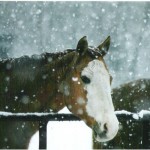
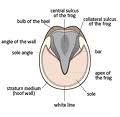
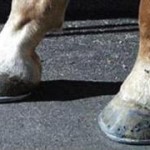
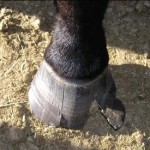
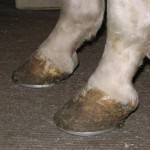
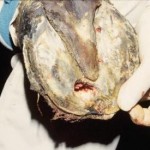
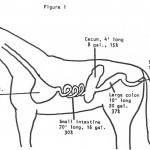
 Question: What is the most important nutrient for a horse?
Question: What is the most important nutrient for a horse?